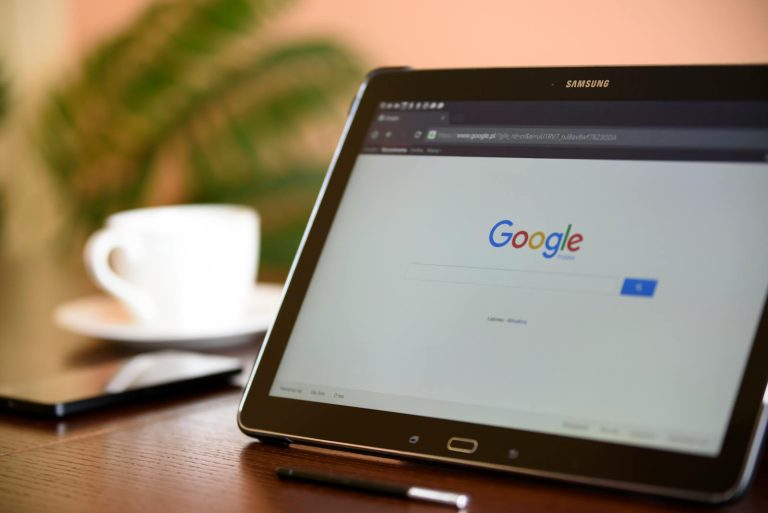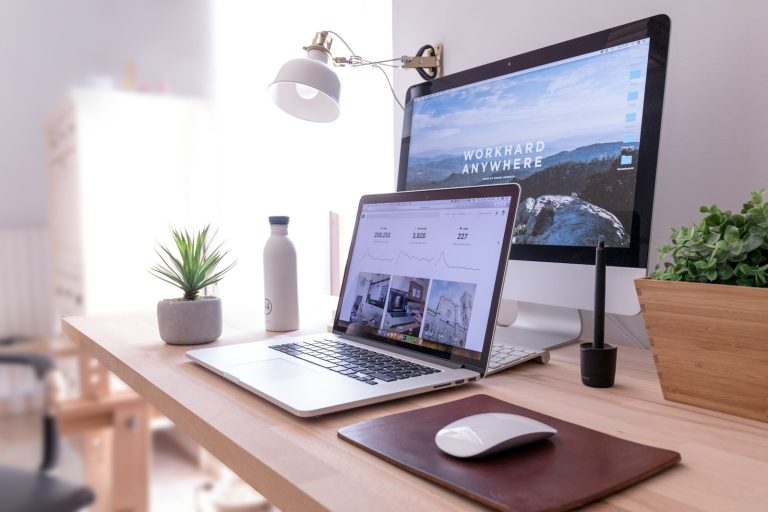The Psychology of Color in Web Design: How Colors Influence User Behavior

Color is more than just a design element; it is a powerful psychological tool that can influence how users feel, think, and behave on a website. In the world of web design, where first impressions are often formed in milliseconds, color plays a pivotal role in communication and conversion. Understanding the psychology of color can help web designers craft experiences that are not only visually appealing but also emotionally impactful and action-driven.
Why Color Matters in Web Design
When users land on a website, their brain starts to process information instantly. Research shows that it takes only about 50 milliseconds for users to form an opinion about a website, and color is one of the first things they notice.
Colors can:
- Influence mood and emotion
- Improve brand recognition
- Guide user navigation
- Increase conversion rates
This means the colors you choose for your website can either engage users or drive them away.
The Emotional Impact of Colors
Each color carries its own psychological message. Here’s a breakdown of how common colors are perceived:
Red
- Meaning: Passion, energy, urgency
- Best for: Call-to-action buttons, sales promotions, food websites
- Warning: Overuse can feel aggressive
Blue
- Meaning: Trust, calm, professionalism
- Best for: Finance, healthcare, tech companies
- Warning: Can seem cold or distant if overused
Green
- Meaning: Nature, health, growth
- Best for: Eco-friendly brands, wellness, organic products
- Warning: Too much green can be monotonous
Yellow
- Meaning: Happiness, optimism, warmth
- Best for: Youthful brands, innovation
- Warning: Overuse can cause visual fatigue
Orange
- Meaning: Creativity, enthusiasm, affordability
- Best for: E-commerce, kids’ brands, startups
- Warning: Can feel too casual or informal in corporate settings
Purple
- Meaning: Luxury, spirituality, wisdom
- Best for: Beauty brands, creative services
- Warning: May not appeal to broad audiences
Black
- Meaning: Power, elegance, sophistication
- Best for: Luxury goods, fashion, photography
- Warning: Can feel heavy or oppressive if not balanced
White
- Meaning: Simplicity, cleanliness, modernity
- Best for: Minimalist designs, tech, portfolios
- Warning: Too much white can make a site feel sterile
Using Color to Guide User Behavior
Web design is about directing user behavior in subtle yet effective ways. Color helps achieve this by:
1. Enhancing Navigation
Use contrasting colors for buttons and menus so users can easily find what they need. For example, a bright red or green button on a neutral background grabs attention instantly.
2. Highlighting Calls-to-Action (CTAs)
CTAs are critical for conversions. Using vibrant colors like red, orange, or green for CTA buttons can dramatically increase click-through rates.
3. Establishing Brand Identity
Color builds brand recognition. Think about the red of Coca-Cola or the blue of Facebook. Consistency in using your brand colors across your website enhances trust and familiarity.
4. Creating Visual Hierarchy
Color can signal importance. Use color gradients, shading, or bold hues to distinguish headlines, links, and primary content.
Cultural Considerations in Color Psychology
Color meaning can vary significantly across cultures. For global websites, it’s crucial to understand these cultural nuances:
- Red: In Western cultures, it symbolizes excitement or danger; in China, it’s a symbol of luck and prosperity.
- White: Often associated with purity in the West but linked with mourning in some Eastern cultures.
- Yellow: Represents happiness in many Western cultures but can signify mourning in others, like Egypt.
Being aware of your audience’s cultural context helps avoid misunderstandings and fosters a stronger emotional connection.
Best Practices for Using Color in Web Design
- Start with Brand Personality
Choose colors that reflect your brand values. A playful brand might opt for vibrant colors, while a law firm might use muted, trustworthy hues like blue or gray. - Use the 60-30-10 Rule
This popular design rule suggests:- 60% of your design should be a dominant color (background)
- 30% a secondary color (content area)
- 10% an accent color (buttons, highlights)
- Ensure Color Contrast for Accessibility
Good contrast ensures readability and accessibility for users with visual impairments. Use tools like WebAIM or contrast checkers to test your color combinations. - Keep it Simple
Too many colors can overwhelm users. Stick to a coherent color palette of 2–3 main colors and their shades. - Test and Iterate
A/B test different color schemes to see which combinations perform better for user engagement and conversions.
Real-World Examples of Color Psychology
- Spotify: Uses a black and green color scheme that feels modern and energetic. The green CTAs stand out sharply.
- Dropbox: Soft blues and whites convey trust, simplicity, and professionalism.
- McDonald’s: Red and yellow stimulate appetite and create a sense of urgency—ideal for fast food.
Conclusion
The psychology of color in web design isn’t just theory; it’s a proven strategy that can influence how users interact with your website. By understanding the emotional and cultural impact of colors, you can make more informed design decisions that align with your brand and audience goals.
Ultimately, effective use of color can:
- Build brand trust
- Increase conversions
- Improve user experience
In a digital world full of competition, the right color palette can set your website apart and make a lasting impression. So choose your colors wisely—they speak louder than words.




